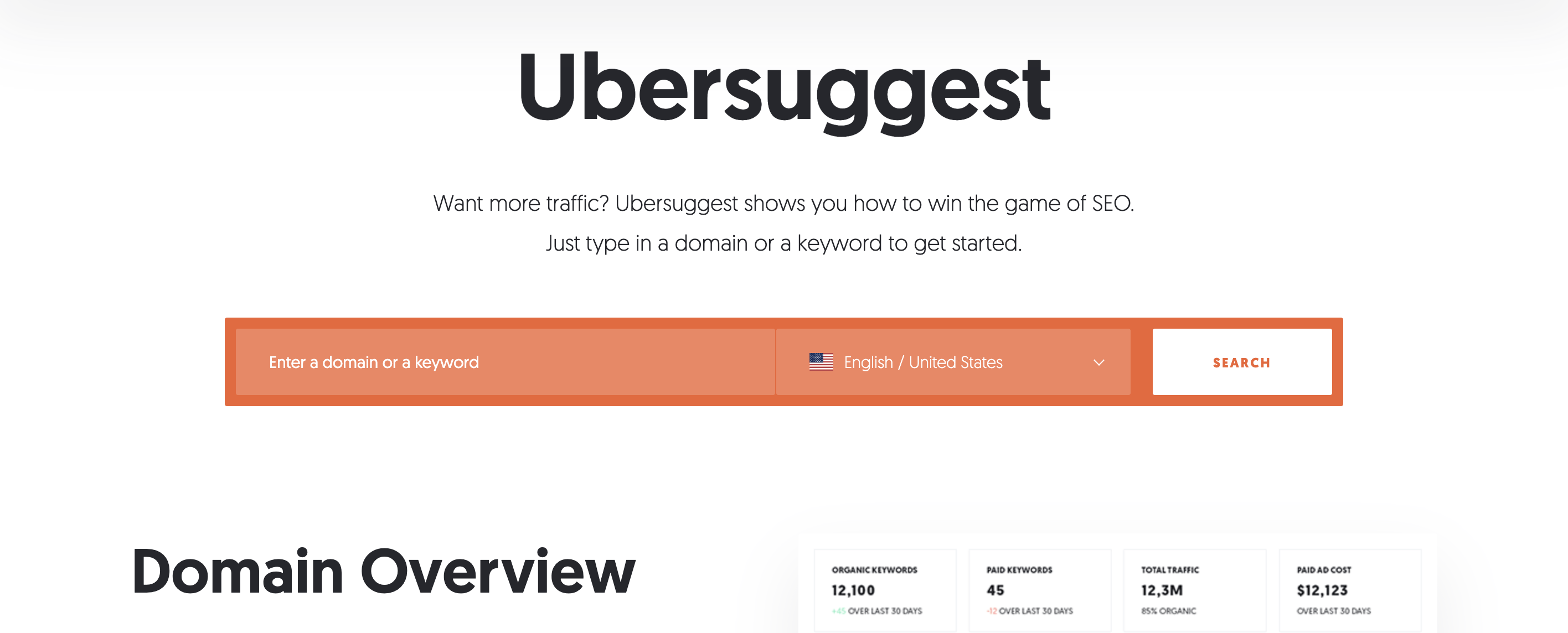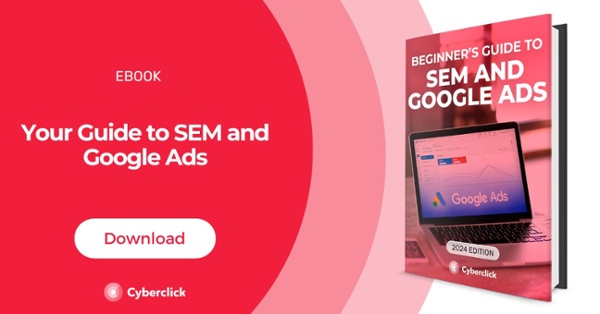The CTR, or Click Through Rate, is one of the most important metrics in a Google Ads campaign. It indicates if you are attracting new users and increasing your reach with your advertising efforts. Knowing how to optimize it is the key to success, so let's review how to do so!
In this article, we explain everything you need to know about the CTR in Google Ads Campaigns and how it can be improved.


What Is the CTR in Google Ads?
The CTR is the number of clicks a link gets in relation to the number of impressions, which is the number of times your ad has been seen by users (regardless of if they are new users or not).
Calculating it is very simple: divide the number of clicks by the number of impressions and multiply the result by 100.
Why Is CTR Important in Google Ads?
When CTR increases, web traffic increases, which can lead to a higher number of conversions. It is important, then, that you have quality ads that attract the user's attention. High CTRs lead to Google considering the ad as relevant to users and as a result, you will have a cheaper CPC or Cost Per Click.
All this, in turn, influences SEO positioning. The more visits a web page receives, the better position it will have on Google.
11 Tips to Improve CTR in Google Ads
It is worth understanding how to optimize CTR so that you can get the most out of your Google Ads campaigns.
1. Apply a Good Structure to Your Account and Your Campaigns
Although it may seem obvious, it is very common to forget that a good structure of the account and campaigns is essential to improve the CTR. Remember that a Google Ads account is divided into campaigns, which have ad groups formed by one or more ads containing certain keywords.
Each of the campaigns must have a well-defined objective: for example, increasing brand awareness or increasing sales. With the campaigns, the ad groups will contain their own ads that will group related keywords together.
2. Forget Broad Match Keywords
Broad match keywords trigger an ad when the user searches for a phrase or a similar phrase to the one the ad is configured for. Although this may seem very effective, it is actually a setback if not done correctly because it can trigger irrelevant searches.
It is best to use tighter matches even if they lead to the ad being shown to the user only when the user searches for that specific keyword or a very slight variation. The fact is that your ad will reach a smaller audience this way, but this audience will be very interested in your product or service.
3. Apply Localization Variables to Your Campaigns
Location must be taken into account in any Google Ads campaign. For example, if two users are looking for summer sneakers, depending on where they live, they will have different characteristics. So, before launching a campaign, remember to take into account where the target audience is located so that the investment made to improve the CTR is as effective as possible.
4. Improve the Copy of Your Ads
The google ads copy should give the user information in a brief, concise, original, eye-catching, and interesting way.
The main keywords should be used in a natural way so that they do not hinder reading. They should also include a CTA that the user can click on.
5. Customize the Visible URL
Modify the URL that search engines generate automatically so that it contains the main keyword and gives users insight into the type of content that is on the page. Making this change can improve SEO positioning, which could increase the CTR.
It is very important that the URL is evergreen, so you should avoid including temporary elements like dates or numbers that may vary. Keep it as short as possible as well so that the user can easily remember it.
6. Conduct A/B Testing
In order to gain insights on what works best and appeals to your target audience, you can create different ads, each with a different copy and CTA, and test them to see how they perform against each other. Then, analyze the results of each ad to determine what resonates with users the most.
7. Use Extensions
Extensions are a widely used resource within Google Ads campaigns since they allow you to add links to the web page, highlighted text, or even information related to the company. So, depending on what you want to promote, you can use the relevant extension.
Extensions also allow you to give a greater amount of information to the user and, at the same time, attract their attention and get them to click on the ad.
8. Search for Negative Keywords
Negative keywords prevent the ad from being activated. That is, the ad will not be shown to users who perform a search using that particular keyword. Searching for and adding negative keywords is a way to improve the CTR and the user experience for the customer.
There are tools that allow you to search for negative keywords, such as Ubersuggest. However, you can also identify negative keywords yourself. For example, a brand that aims to sell would not be interested in being found with the keyword "free".

9. Eliminate Repeated Keywords
Search engines such as Google may consider content duplicated or poor quality if the same keyword is constantly repeated. The ideal is to eliminate repeated keywords and use keyword variants within the text. In addition, two different campaigns should use different keywords to avoid cannibalism.
10. Make Use of Dynamic Insertion of Keywords
The dynamic insertion of keywords in Google Ads ads allows keywords to be automatically inserted into the text. This tends to make the ads much more relevant to the user and the ads have a better CTR. However, it is recommended to have some prior knowledge of doing this.
11. Increase Your Bids
Raising the CPC to the maximum is our final tip to improve your CTR. Doing this can increase the average position, which should lead to a better CTR. However, in the cases where the ad is not relevant to users or is of poor quality, this strategy will not help.
The main drawback of this action is that the cost of the campaign will increase, so it should be done only if the benefits that could be obtained are very high or, at the least, exceed the expenses.
Graduado en Telecomunicaciones y Doctor en Fotónica por el Instituto de Ciencias Fotónicas. Cuenta con más de 5 años de experiencia trabajando con Google Ads y Google Analytics, gestionando estrategias de SEM y todo tipo de campañas a través del embudo, desde búsqueda hasta Youtube.
Graduated with a degree in telecommunications and holds a PhD in photonics from the Institute of Photonic Sciences. He has more than 5 years of experience working with Google Ads and Google Analytics, managing SEM, and all campaigns type across the funnel from search to Youtube.





Leave your comment and join the conversation